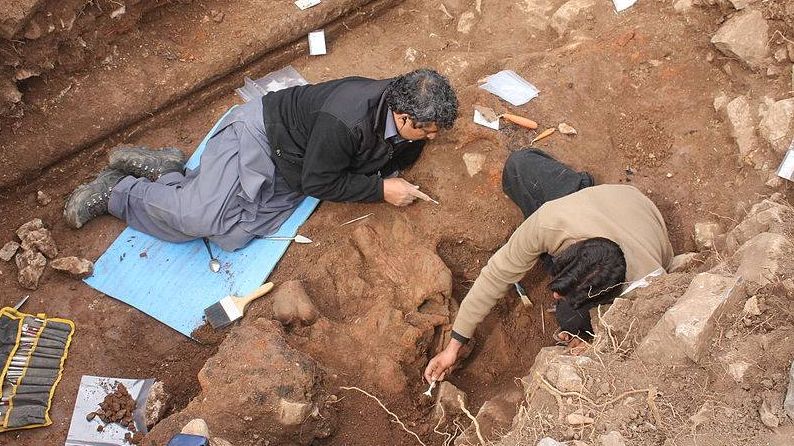
On April 9, an international symposium dedicated to the conservation of archaeological sites in the West Indies was inaugurated in the commune of Le Moule, located in the French overseas department of Guadeloupe, reports TF1 Info.
From April 9 to 12, the international symposium brings together academics specializing in coastal archaeology. One of the main themes was predicting the impact of the devastating effects of climate and human change on the coastal heritage of the Antillean islands, located between the Atlantic Ocean and the Caribbean Sea.
“The goal of this project is not only to identify endangered archaeological sites on the coast, but also to study them through a participatory scientific approach that involves the general public.”explained Marie-Yvane Daire, researcher at the National Center for Scientific Research (CNRS) of France.
Legacy was at stake, he said. Once it’s gone, it’s gone forever.
This threat was associated with the retreat of the Guadeloupe coastline, which could cause the destruction of 160 archaeological sites. Of them, 15 are already in the process of being swept into the sea, as Jean-François Maude, regional curator of archeology, noted on April 9.
Let us remember that 4,400 archaeological sites are registered in Guadeloupe. Of them, 800 are located less than 100 meters from the seashore. Coastal erosion has already reached the former slave cemetery. This necropolis continues to be gradually destroyed by the sea, while its research, crucial for the knowledge and understanding of colonial slavery, has not been completely concluded.
Source: Rossa Primavera
I am Michael Melvin, an experienced news writer with a passion for uncovering stories and bringing them to the public. I have been working in the news industry for over five years now, and my work has been published on multiple websites. As an author at 24 News Reporters, I cover world section of current events stories that are both informative and captivating to read.
